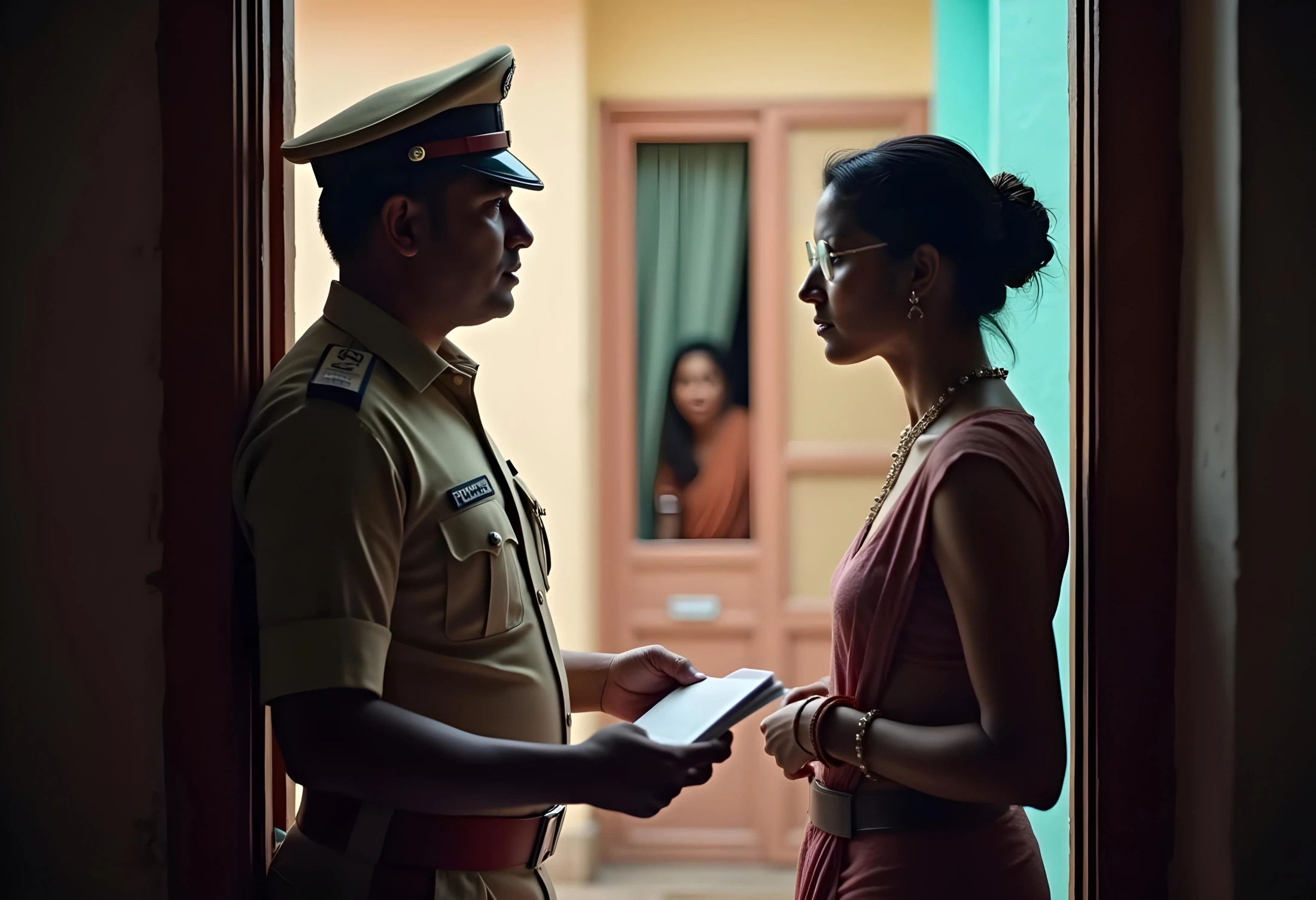
Ten years ago, in India, an 18 year old girl, Sabita, went missing from her home. The worried parents made a missing person’s report with the local police. The police made serious efforts to find the girl, but after several months, having no leads at all, had stopped searching. The parents held out hope for some time, but eventually had given up on ever finding their lost daughter.
Recently, the neighbor’s of Sabita, who lived just 500 meters away, reported their son missing. His name was Yatan. The police and family of Yatan began searching everywhere, but again, with no luck. Three months later, however, one of his brothers ran into Yatan in a small town 30 km away. To his surprise, Yatan was with a woman. It was Sabita, the missing girl.
It turns out that Sabita was never missing at all. In fact, she was secretly living just 500 meters from her parents in Yatan’s parents’ house. She was able to stay hidden in Yatan’s bedroom for all those 10 years. Apparently, Yatan and Sabita had fallen in love ten years ago. They wanted to be together but were of different religions. They were afraid that their parents wouldn’t allow it. So they moved in secretly with each other.
Although Sabita lived in Yatan’s room at night, she was able to move freely throughout the house during the day after the family members went to work.
In some countries, religion has a very strong influence on how people behave. The things people choose to do, or not do, will be affected by their belief system. In India, religion is an important part of an arranged marriage. Arranged marriages are marriages that have been arranged by the couples’ parents. Arranged marriage used to be completely dictated by the parents. In some cases, the bride and groom only saw each other a few times before the wedding day, and sometimes, not at all. But modern arranged marriages are changing and are more of a team effort, which includes discussions and interviews by parents and children alike.
For both traditional and modern arranged marriages, however, the one thing that remains a strong factor in the marriage decision is religion. In traditional and most modern arranged marriages, both the bride and groom must be of the same religion. Only 2.8 percent of marriages in India are interfaith marriages. When couples enter into an interfaith relationship or marriage, it can lead to a social rejection of the couple by family and friends.